Top 3 tips for emergency responders for maintaining contact and interoperability in challenging environments
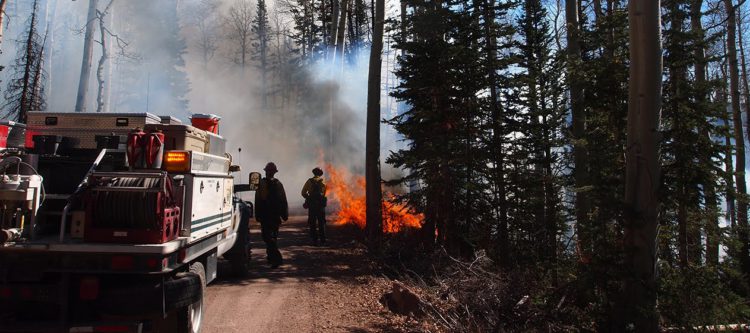
Preparing for disaster response presents emergency responders with complex and unique challenges. They must navigate high-pressure situations where clear and reliable communication is critical, often in environments where systems may be compromised or overloaded. In addition, responders need to integrate advanced technologies, such as GPS tracking and real-time data sharing, to enhance situational awareness and ensure coordinated efforts. Effective planning involves preparing for the unexpected and training teams to adapt quickly, manage resources efficiently, and make informed decisions under intense pressure. Without thorough preparation, the success of emergency operations—and the safety of both responders and those affected—could be at risk.
In a recent episode of the Disaster Podcast, the Director of Partnerships for goTenna, Jameson Morgan, was joined by co-hosts Sam Bradley and Jamie Davis to discuss critical communications solutions for military, government, and emergency services personnel. The discussion focused on maintaining contact in rough environments where standard communication methods experience difficulties. Bradley brought up how he’s seen these challenges first-hand:
“You’d think we’d have decent cell coverage here in the Mid-Atlantic, and we do for the most part, but it’s inconsistent enough that when lives depend on it, it’s not something you can depend on. So we try to rely on our radio systems, and even they don’t always communicate effectively through structures and challenging environments. There have been instances where people have been cut off from contact for a period of time.”
Davis also added that she’s seen it on the first responder frontlines as well, “If we had an exercise or an incident, police couldn’t talk to fire [departments]. We couldn’t talk to ambulances, and that was huge. That created huge problems. That was just a matter of local frequencies and so forth. You’re talking kind of about the same thing but in a much bigger arena.”
The team discussed how interoperability—ensuring different agencies’ communication systems work together—is often lacking. Other teams may arrive at a disaster site with incompatible systems, leading to critical coordination delays. During the podcast, Jameson gave three crucial tips for public safety and emergency response users about how goTenna can resolve these interoperability issues and operate on one common app using the phone in their pocket and a small mobile mesh networking device paired to their phone over Bluetooth.
- Interoperability and communication redundancy are critical
To counter the lack of interoperability, disaster response teams should build mobile mesh networking solutions like goTenna into their PACE (Primary, Alternate, Contingency, and Emergency) communication methods. These systems create a mobile ad-hoc mesh network. This enables text-based messaging and real-time location sharing, even when conventional networks are unavailable, ensuring team awareness and coordination in real-time. Emergency response plans should always include alternate communication methods, and teams must be trained to seamlessly switch over to the mobile mesh networking app on their phone when needed. This ensures the most critical data gets delivered rather than relying on traditional cell phone coverage vs. relying on isolated frequencies on traditional line-of-sight point-to-point radios.
“goTenna is getting more and more outreach from the disaster response and preparedness community because people see the value in maintaining connectivity… We still have a lot of friends and family serving in those missions. It’s a real passion here to keep all those folks safe.” –Jameson Morgan, Director of Partnerships at goTenna
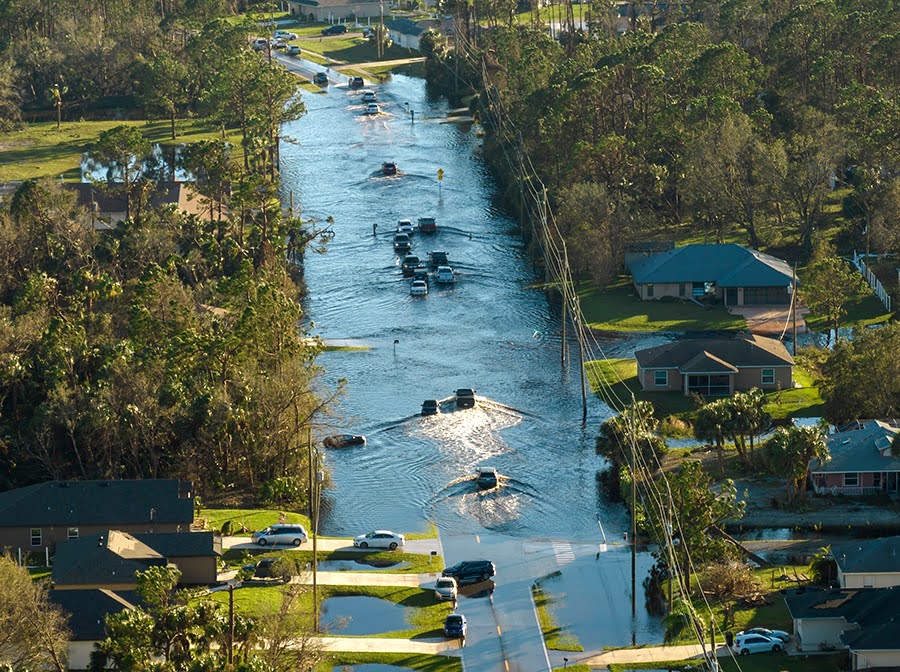
- Leverage emerging technologies for situational awareness
The second takeaway is the growing role of situational awareness technology. Responders today can use apps and platforms like the Team Awareness Kit (TAK) integrated with communication tools like goTenna to share real-time information about team locations, fire perimeters, and more. This technology offers a huge advantage, especially in large-scale disasters like wildfires or urban emergencies where teams spread out over vast areas.
Mesh networks can enhance this communication by relaying messages across users in the field, even if they’re out of range of traditional infrastructure. For example, Urban Sky’s partnership with goTenna will use low-cost stratospheric balloons to extend the reach of these networks by placing communication devices at high altitudes, dramatically increasing the coverage area. This technology can be a game-changer in wildfire fighting or other wide-area disasters. Equip your teams with mesh networking devices that integrate with apps to provide real-time situational awareness, allowing for quick decision-making and better coordination across agencies.
- Training and partnerships are essential for success
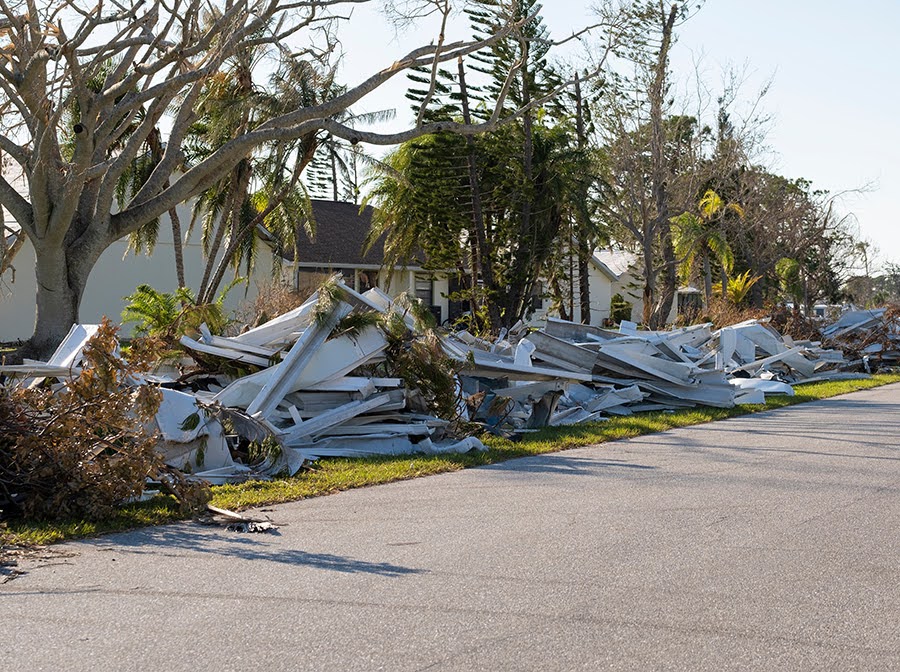
“As more and more technologies become essential parts of a response, it seems like there needs to be dedicated personnel in a team just to manage the technology.” –Sam Bradley, co-host of the Disaster Podcast
No matter how advanced the technology, proper training is vital. Ensuring every responder knows how to use the equipment under stress is non-negotiable. Many companies offer dedicated personnel and resources to help organizations integrate their systems effectively. Field engineers, often with a background in emergency services, provide hands-on training tailored to the mission’s specific needs.
Moreover, disaster preparedness is not just about individual technologies—it’s about building strong partnerships with tech providers, local governments, and other agencies. These relationships ensure the necessary tools are available and can be deployed effectively during a disaster. Foster partnerships with technology providers, local governments, and neighboring agencies, and prioritize regular, realistic training exercises that mimic real-world disaster scenarios. By focusing on communication redundancy, embracing cutting-edge technology, and prioritizing training, emergency responders can improve their preparedness for both natural and man-made disasters. The tools are there—the challenge is ensuring they’re used effectively in the moments that matter most.


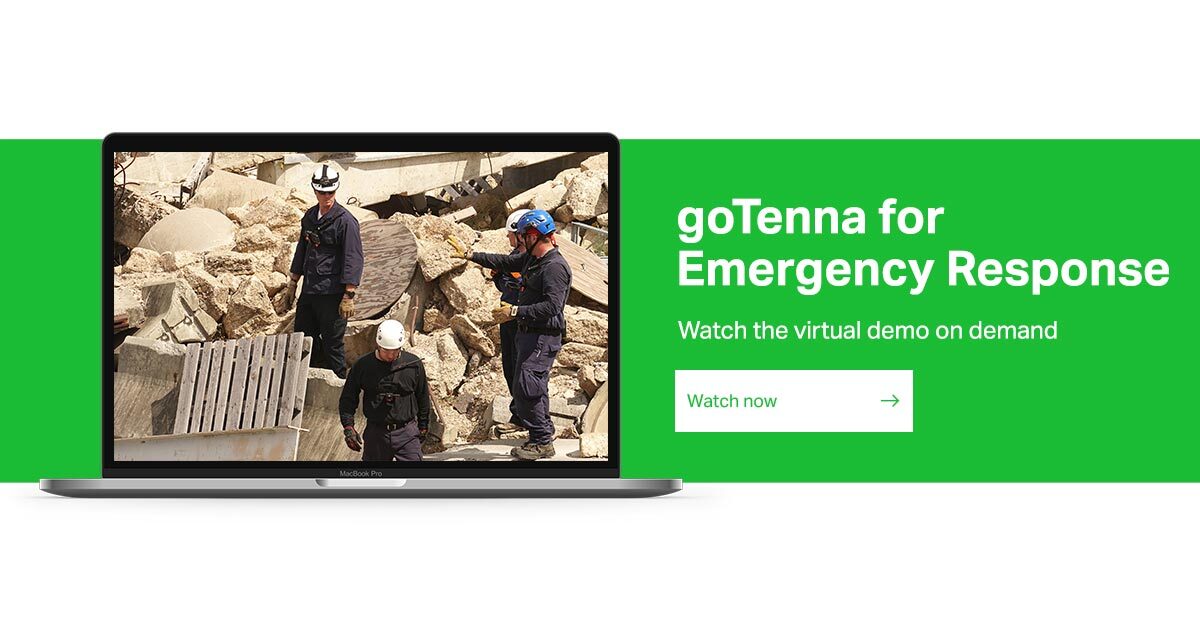

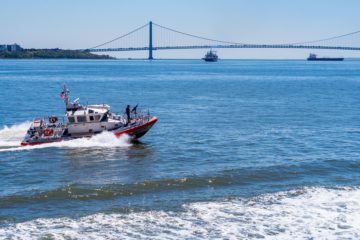
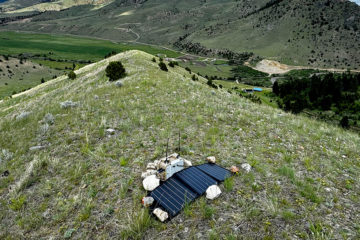


No Comment